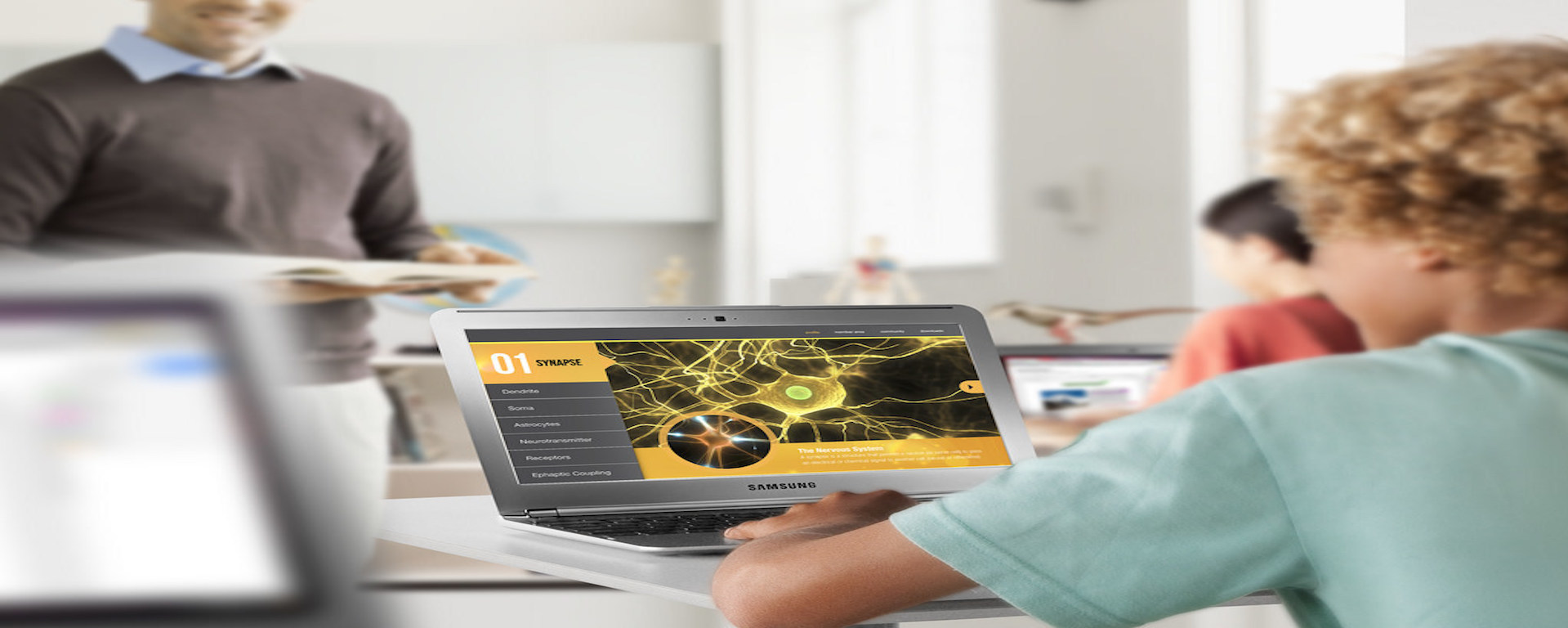The buzz about flipped classrooms and blended learning environments hasn’t quieted down. Educators who haven’t yet experimented with these models are probably wondering if they’ll work in your classroom. Here are three FAQs to help you decide.
1. What are the differences between flipped, blended and traditional learning?
The traditional classroom is the one we’re all most familiar with. During class, teachers lecture and lead activities, then at home students do further enrichment and reinforcement activities.
A flipped classroom turns that model on its head. Outside of class, students watch videos and other multimedia materials that explain concepts much as a teacher does during a lecture. Then, in class, students work through what they watched, doing activities, participating in discussions, and asking the teacher questions to help them understand the concepts taught. One of the key elements is the teacher’s ability to provide just-in-time advice and correct logical fallacies before they take hold.
Blended learning brings together elements of both traditional and flipped classrooms. Students may watch videos or use multimedia tools that explain or demonstrate concepts in or out of class, and teachers may continue to lecture and lead enrichment activities in the classroom. One of the benefits of a blended learning model is that by design it addresses multiple learning styles and modalities, ensuring that at least some activities will resonate with all of your students’ learning styles.
2. What do these learning modalities look like in practice?
One of the benefits teachers have mentioned is the ability to move some of the rote, skills-based instruction out of the classroom. In English classes, teachers can have students use vocabulary and grammar drill programs such as Membean.com and GrammarBytes to build skills, then use class time for higher-level activities such as writing, revision and analysis of texts. Or, teachers can create videos that explain language arts concepts, as college instructor Dr. Jennifer Bernstein has done. She has shown these videos in class, finding that students were more engaged when she explained concepts on screen rather than in front of them. Her students can also watch the videos to review concepts outside of class.
Math teachers can flip their classrooms by using digital lessons to instruct students and allow them to practice skills at home using their personal or school-assigned devices before classroom discussions. Class time can then be used for whole-group and small-group activities that reinforce mathematical thinking. This combination of online-guided practice and observation by the teacher can help students not only better grasp fundamental math concepts but also see the fun and relevant side of math.
In science, the possibilities for fun in-class experiments really open up when teachers either flip the classroom or use blended learning methods. Not only can students see more science in action, but also they can have science experiences they couldn’t have in a traditional classroom. For example, seeing videos of space explorations or using virtual dissection tools and videos rather than in-class dissections.
3. Where can you find resources to flip your own classroom?
The rise in popularity of flipped and blended learning means there are many resources for instructional videos. You can find high-quality materials on YouTube, education-focused sites such as Knowmia, or targeted sites such as NeoK12. But even better, many of the textbooks you’re already using come with multimedia materials that are tied to your district’s or school’s educational goals already. And classroom technology systems also include carefully vetted and instructionally appropriate materials students can use both in class and out.
There’s a reason many educators are looking to the flipped classroom and blended learning — they can help students become more engaged in their learning and help the teacher make better use of class time.
Have you elemented flipped or blended learning in your classroom? Share your experience or advice in the comment section.







